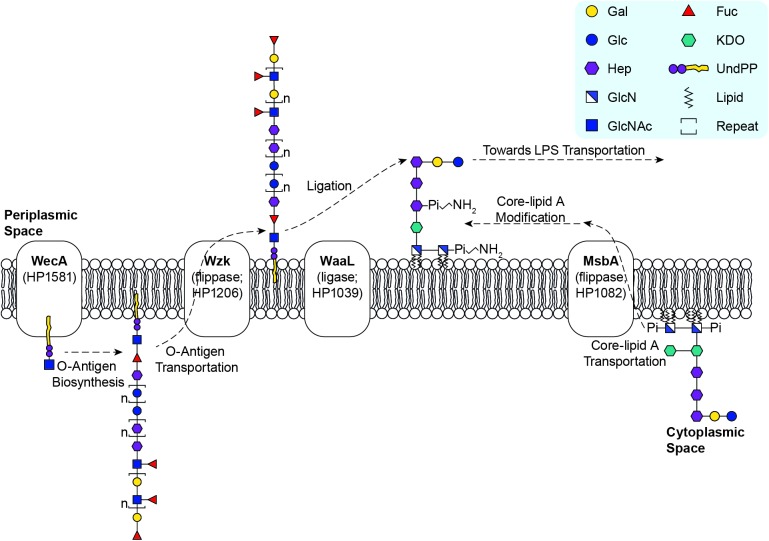Fig 5. Proposed Model for the LPS Biosynthetic Pathways in H. pylori.
H. pylori LPS biosynthesis follows a novel Wzk-dependent pathway [36]. The assembly of the very long O-antigen occurs in the cytoplasm and is initiated by WecA [36] transferring the GlcNAc residue of the Trio onto the UndPP carrier. Successive glycosyltransferases are recruited to complete the synthesis of the whole O-antigen encompassing the conserved Trio and variable glucan, heptan and Lewis antigens. After assembly in the cytoplasm, the UndPP-linked O-antigen is translocated by flippase Wzk to the periplasm [36]. Also assembled in the cytoplasm, the de novo synthesized core-lipid A is flipped by flippase MsbA to the periplasm [28]. After constitutive modifications through dephosphorylation and deacylation [9], the modified core-lipid A is ligated with O-antigen by the ligase WaaL [36], and the Hep III residue is the attachment site.

